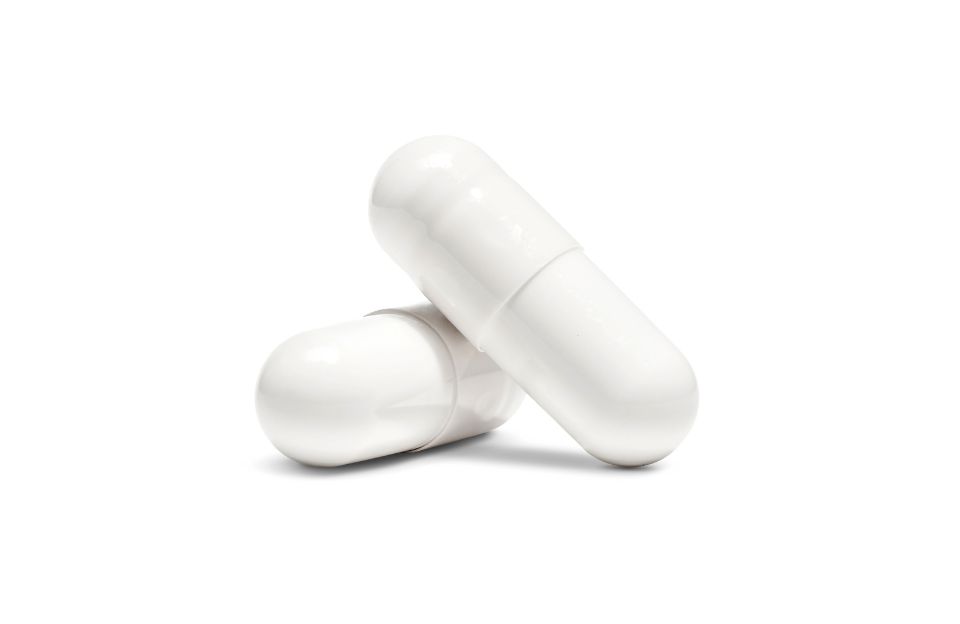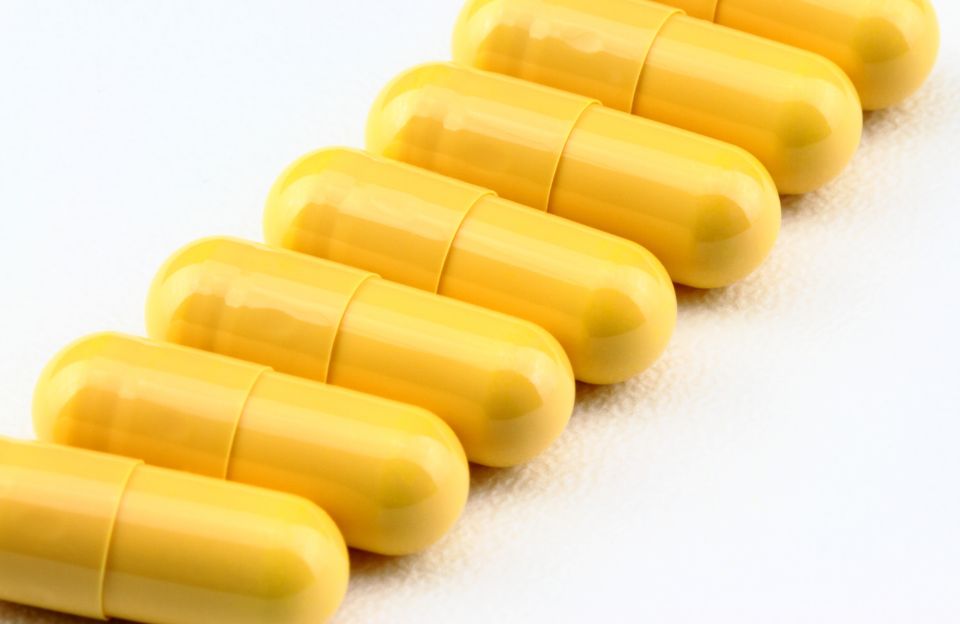There have been a lot of advances in aging research over the past couple of years. One of the current hot topics is NMN (nicotinamide mononucleotide) and NR (nicotinamide riboside). But should you be taking one instead of the other?
NMN and NR are both derivatives to vitamin B3 or niacin. When you take B3, your body breaks it down into NR and/or NMN, depending on which part of your body it is headed to. NR and NMN are precursors to NAD+, which is vital to cellular metabolism. It’s an organically produced anti-aging molecule.
The process is:
- NR enters the cells and turns into NMN
- NMN turns into NAD+
- NAD+ gives us anti-aging benefits
WHY NAD+ (NICOTINAMIDE ADENINE DINUCLEOTIDE) IS IMPORTANT

NAD+ is a molecule that helps your body turn food into energy. You need that energy for moving and thinking, which slow down as you age. Healthy cells mean your body can more easily repair itself.
Studies show that NAD+ can:
- Support healthy aging
- Protect your cells from stress
- Helps repair DNA
- Helps your circadian rhythm (your sleep-wake cycle)
The bad news is that as we age, the amount of NAD+ in our cells decreases. But we just can’t pop an NAD pill and call it good. The molecule is too big enter your cells and do its job.
NMN and NR can be found in some foods, in trace amounts, but unfortunately it isn’t enough to convert into the NAD+ your body needs. You can supplement with NMN, NR or even regular B3 (niacin), which are small enough to get into your cells, break down, and convert into NAD+ naturally. B3 is cheaply and widely available at your corner grocery store, but it isn’t as efficient in helping your body make NAD+. Supplementing with NR or NMN are your best bets.
As of now, there are no human studies comparing NMN and NR. There are conflicting opinions on which is better.
WHAT DOES NR DO?

Source: PubMed
To date, there has been a lot more research on NR than there has been on NMN. One study showed that NR raises NAD+ by nearly 3 times with an oral dose. A larger University of Washington study had similar results. Yet another placebo-controlled study showed that older people taking NR showed NAD+ increases.
One of the biggest arguments made by the pro-NR crowd is that NR is a smaller molecule than NMN. It can enter the cell more efficiently. NMN must turn into NR, enter the cell, and then turn into NMN. It’s an extra step. But NR goes straight into the cell, changes to NMN and does it’s job.
WHAT DOES NMN DO?

Source: Elsevier
NMN is what the body actually uses to make NAD+. But it is a larger molecule, so many scientists think NR is a better bet. But, if NMN is paired with a key transporter, it could enter human cells. Studies still need to be done, but overall, some say that the limited NMN research is very impressive.
One study showed that young mice who received NMN for more than a year had a strong metabolism, better vision, stronger bones, better metabolism and a stronger immune system. Another study that was done on older mice for 8 weeks showed improved vascular health.
NMN has gotten a lot of press over the past few years as it has been promoted by Harvard professor Dr. David Sinclair. His research shows that it has anti-aging properties because it helps our bodies produce NAD+.
IS NR OR NMN BETTER?

The jury is still out on this within the scientific community. Keep in mind that there are studies done by or funded by companies who are looking to promote vitamins and supplements, so an independent source is best. To date, more research has been done on NR, but scientists are actively looking into NMN.
There is some evidence that both could be good. There are 200 different types of cells in our bodies. Some prefer NR, others want NMN. But again, until we know more, we can’t say if one or the other is better,
So far, it looks like both are safe for human consumption. If you are looking into supplementation, always talk to your doctor.









